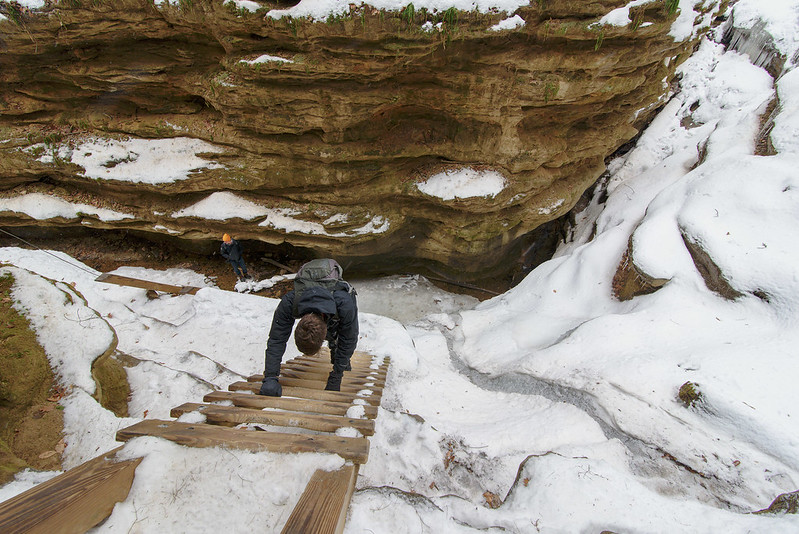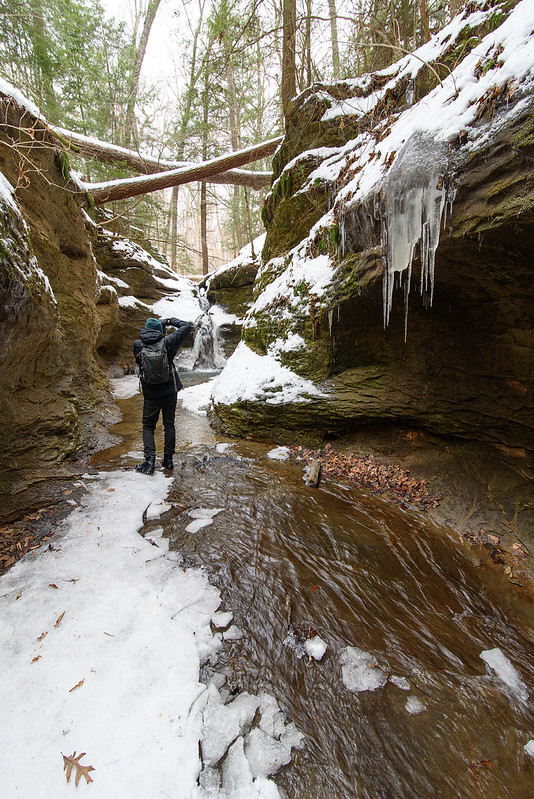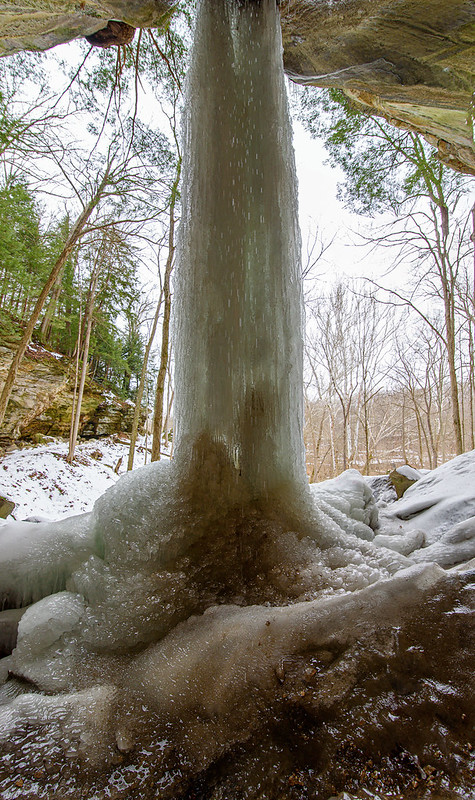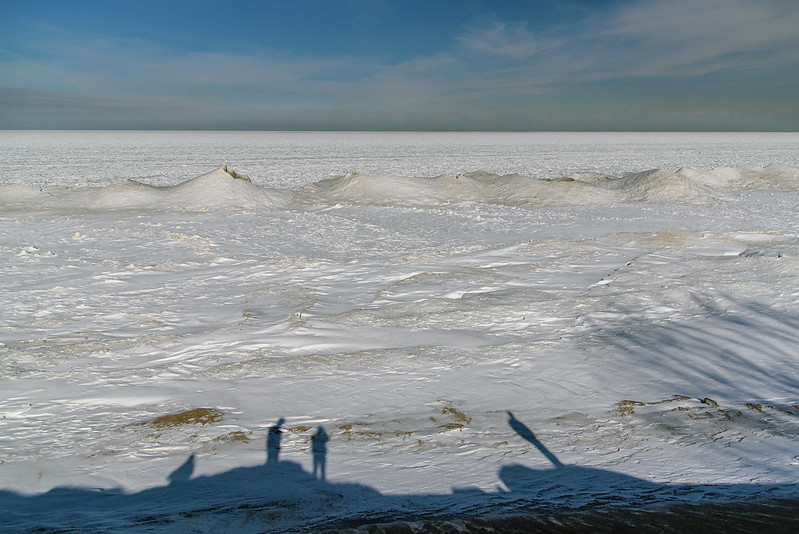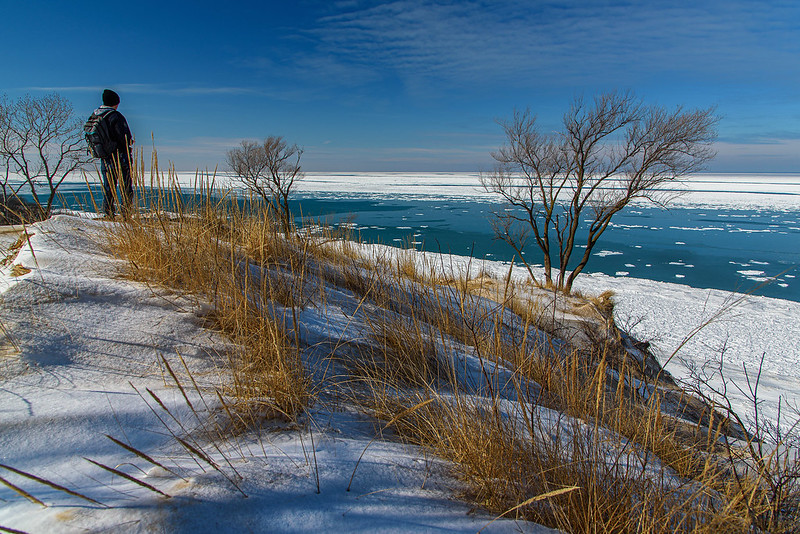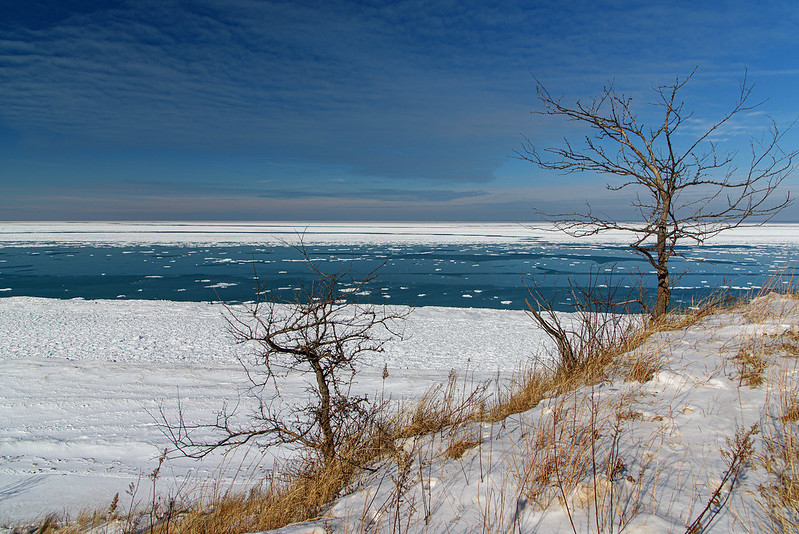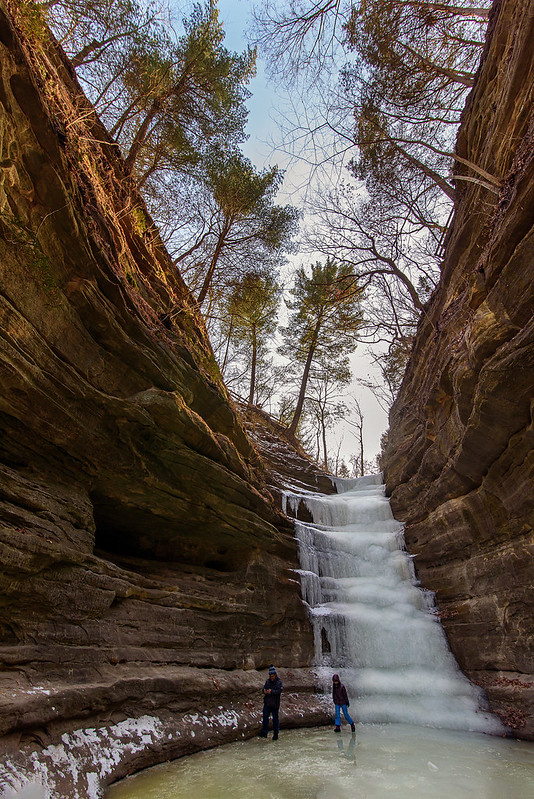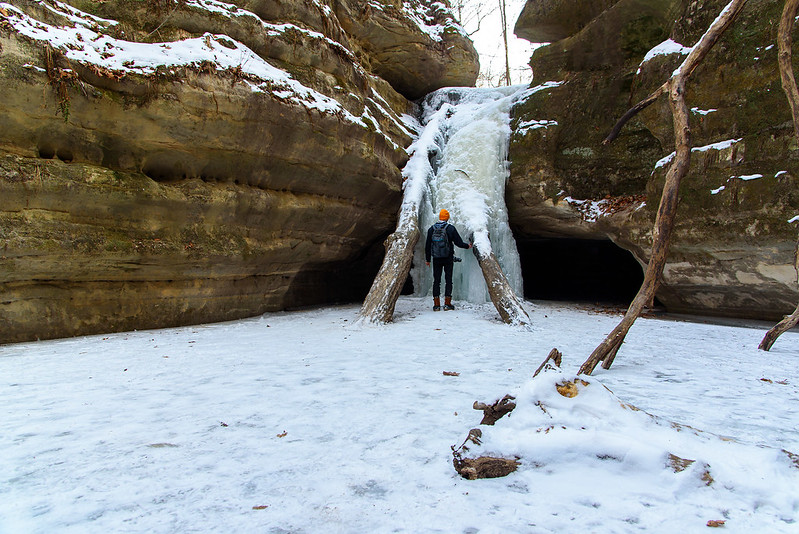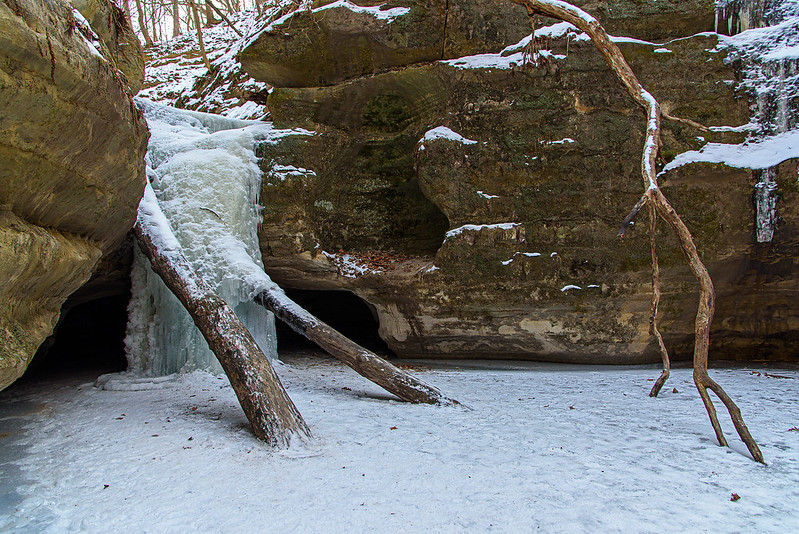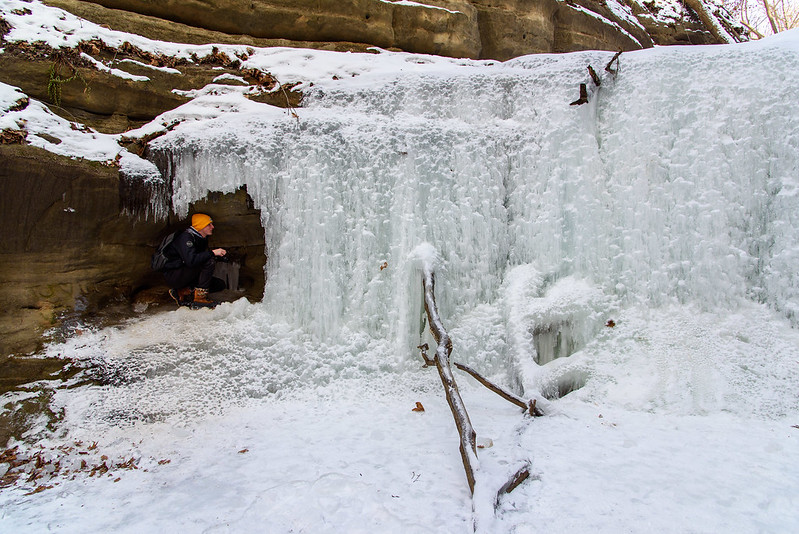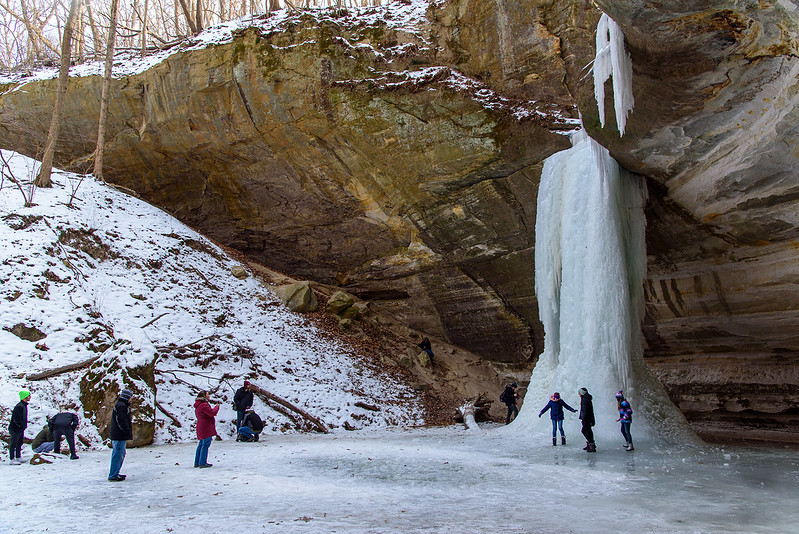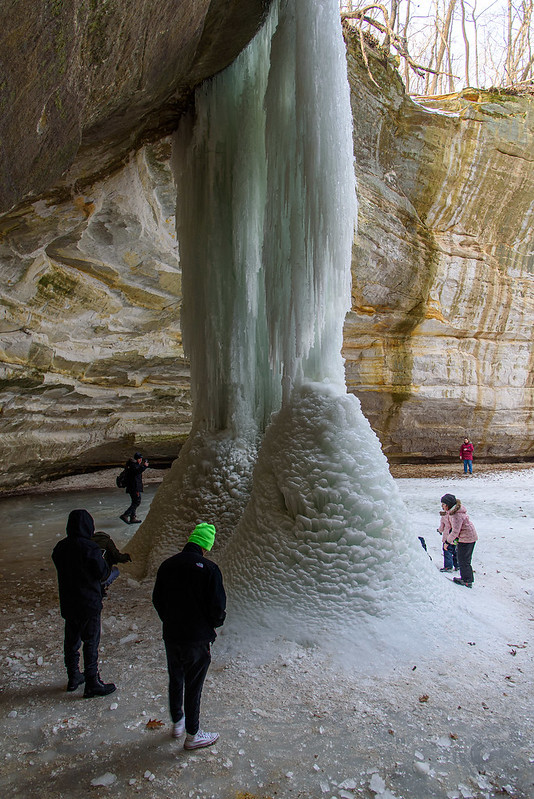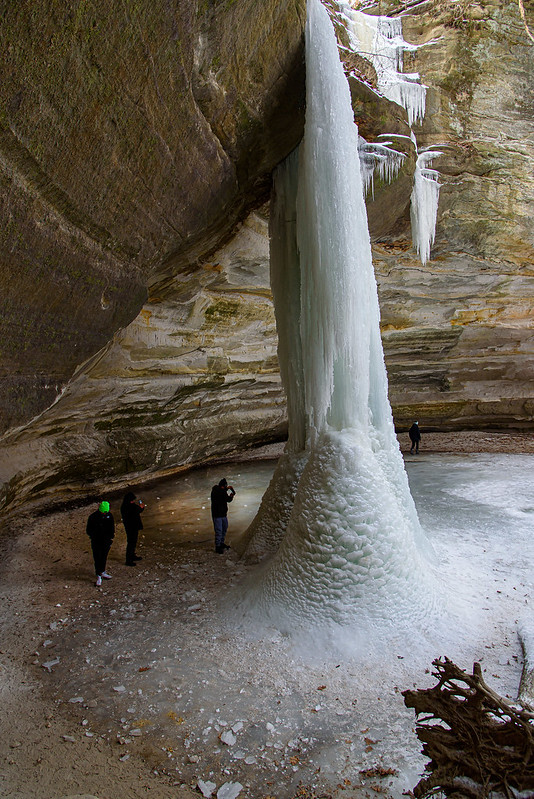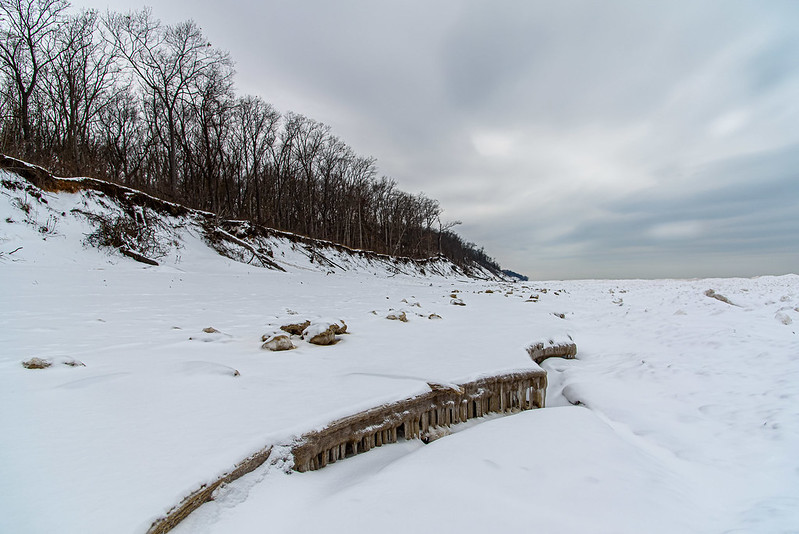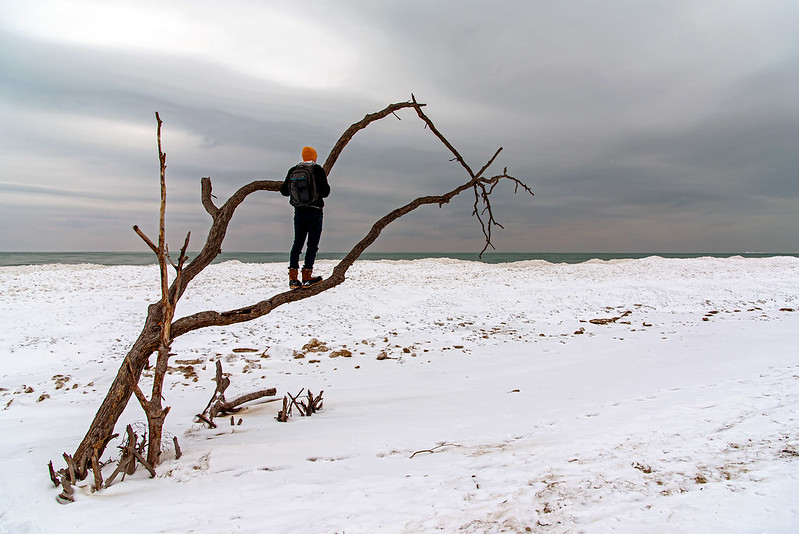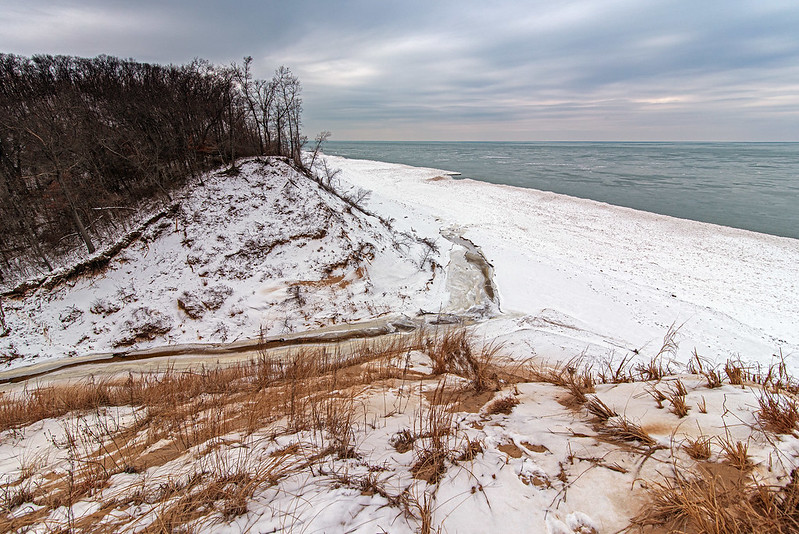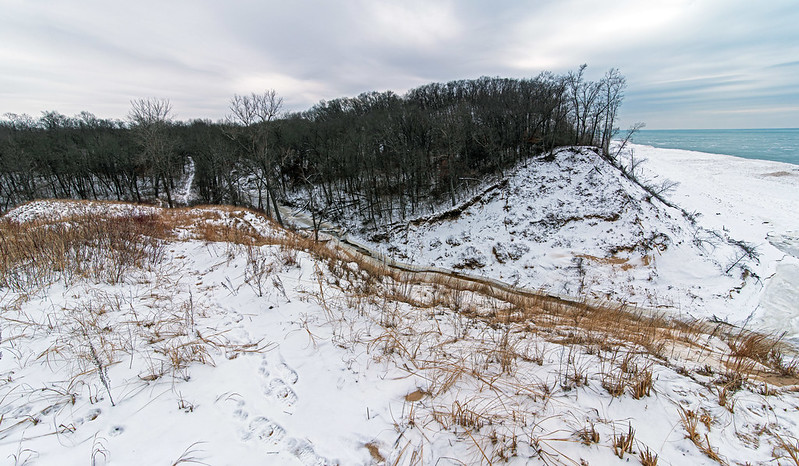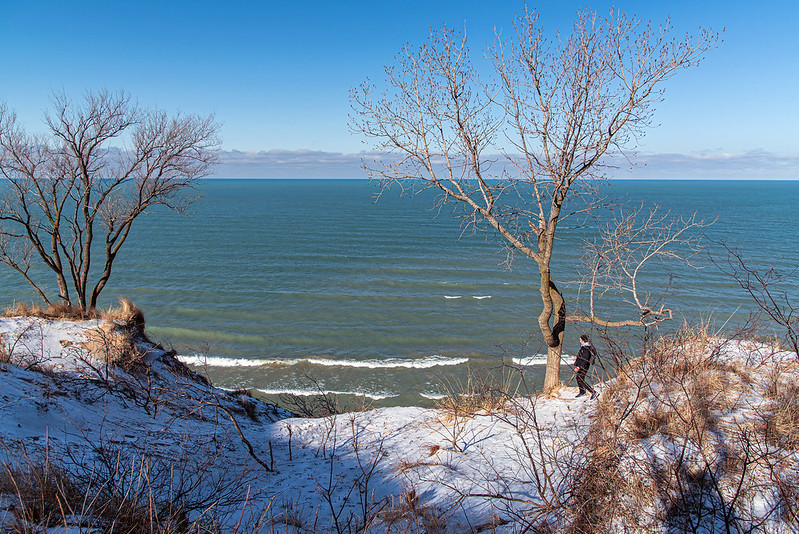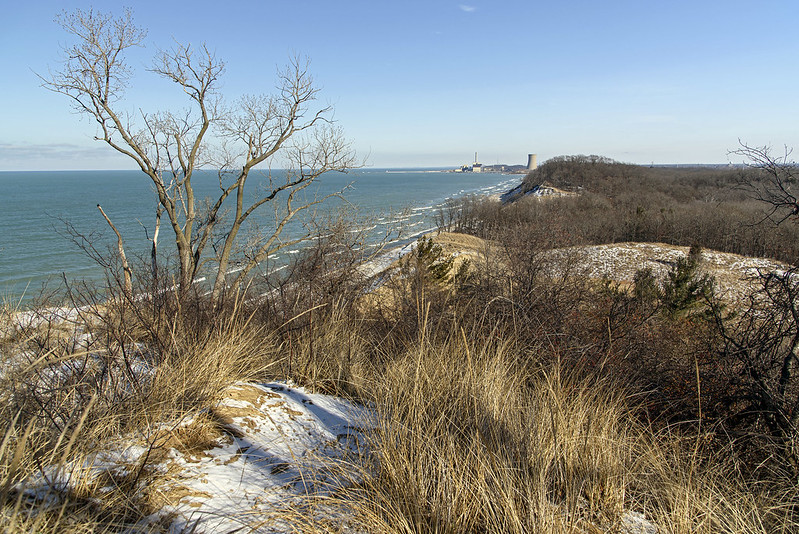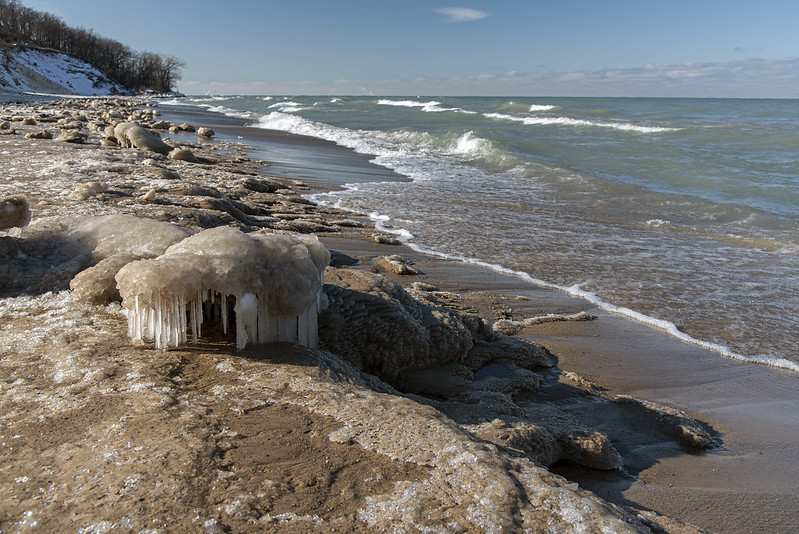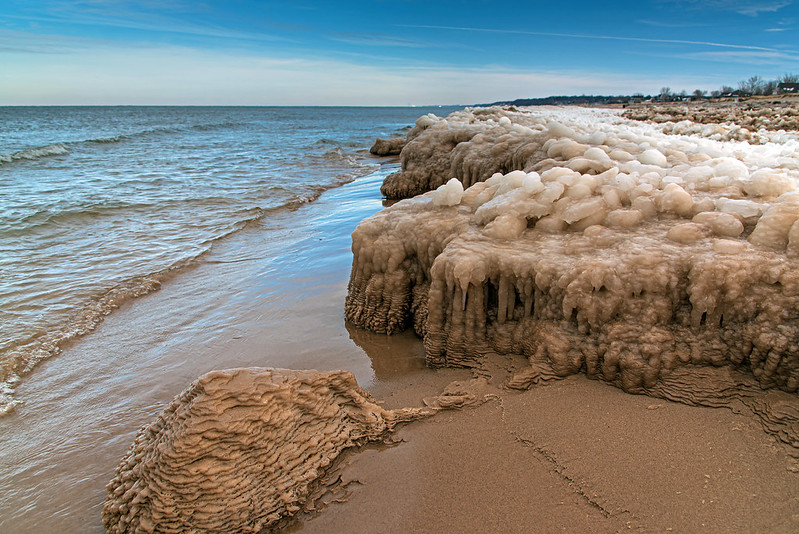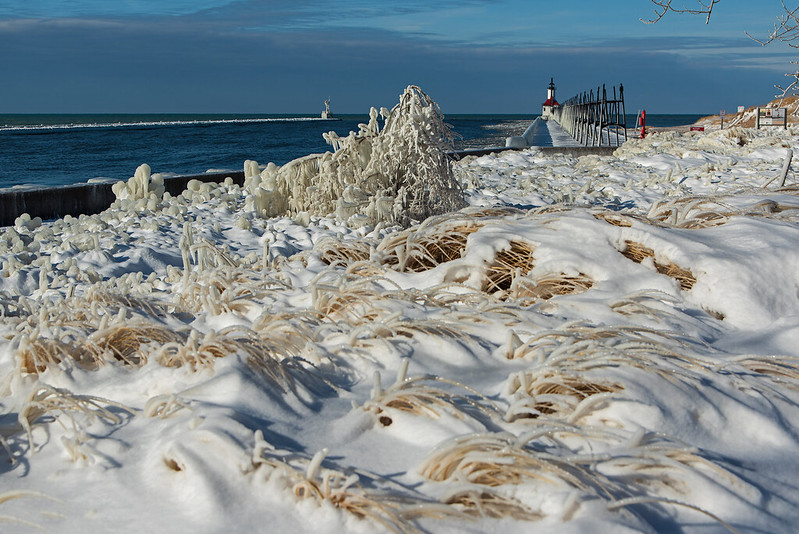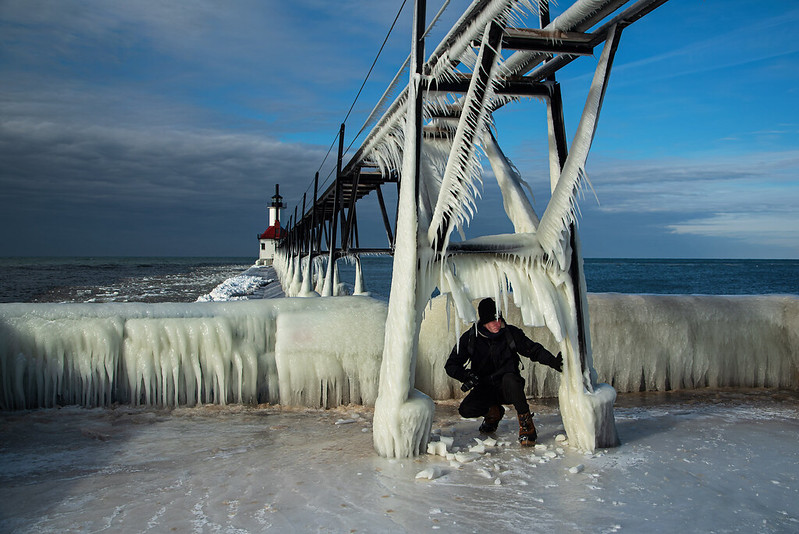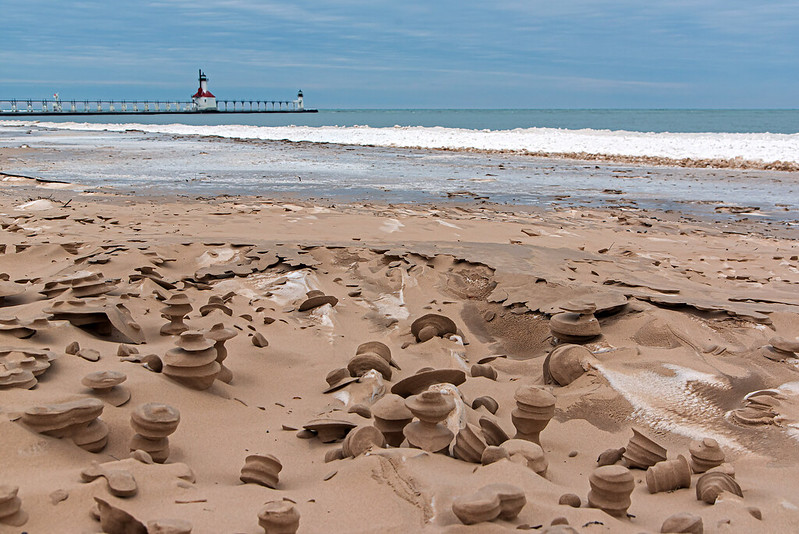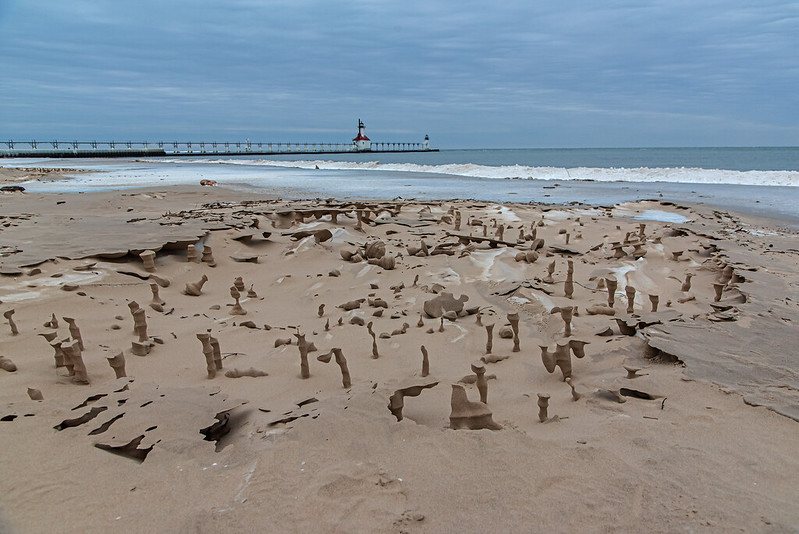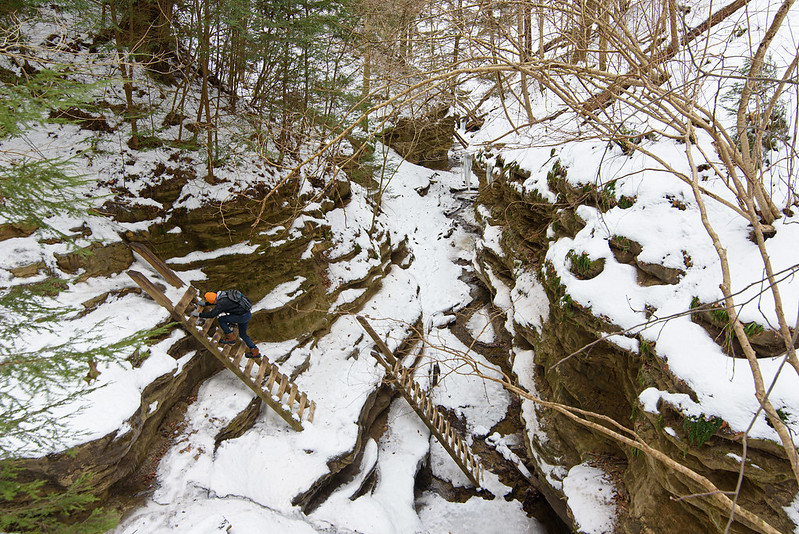
About a mile after navigating the waterfall and narrow canyons with swift running water, we reached The Ladders. Quite literally, these are ladders built to assist hikers into Bear Hollow, a narrow canyon otherwise unreachable without climbing gear.
There are three tiers of rock the ladders span, each about 15 feet tall, so not terribly high, but rather slippery. One summer, one of my sons slipped while waiting for others to climb down the ladder. I heard a scraping sound and then a splash, he slid down into a knee-deep pool of water about five or six feet below on a narrow ledge. Luckily he didn't fall all the way into the canyon below. At the time he was about six feet tall, so he found his way back up with little effort. One of the reasons it's become habit to stop and look before I move anywhere after taking a photo - even when I'm firmly on the ground.
The canyon walls are filled with intricate cuts and textures, and can be seen from the vantage point of the ladders. It's interesting how may plants actually grow on these walls, and even in winter are snow and ice covered, but still green.
Another trail intersects trail 3 at the ladders, you can see the boardwalk at the top of the image. Most trails between the ladders and other portions of the park are more wooded than canyon, with the exception of the trail through Bear Hollow, which continues all the way to Sugar Creek.
The ladders are rather deceiving in height, they are only about 15 or 20 feet per level, but when you actually look down to the floor of the canyon, it's quite a distance. You can see one person standing at the foot of the ladder on the canyon floor. This gives a bit of perspective of the height of this portion of the canyon.
While it would be quite exciting to get down without the ladders, in winter, it's all but impossible without climbing gear. In fact, the ladders are difficult enough with 4o pounds of camera gear on your back, a camera on a strap, and worst of all, ice cleats on the boots!


